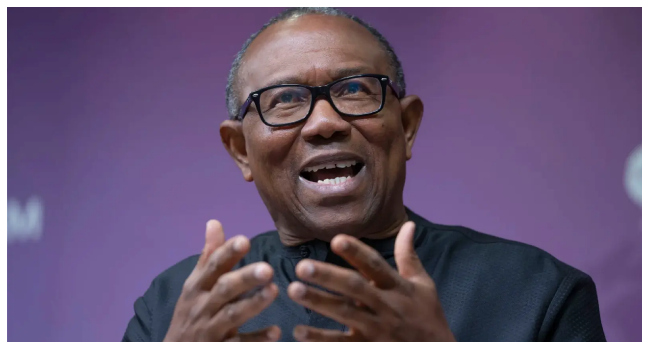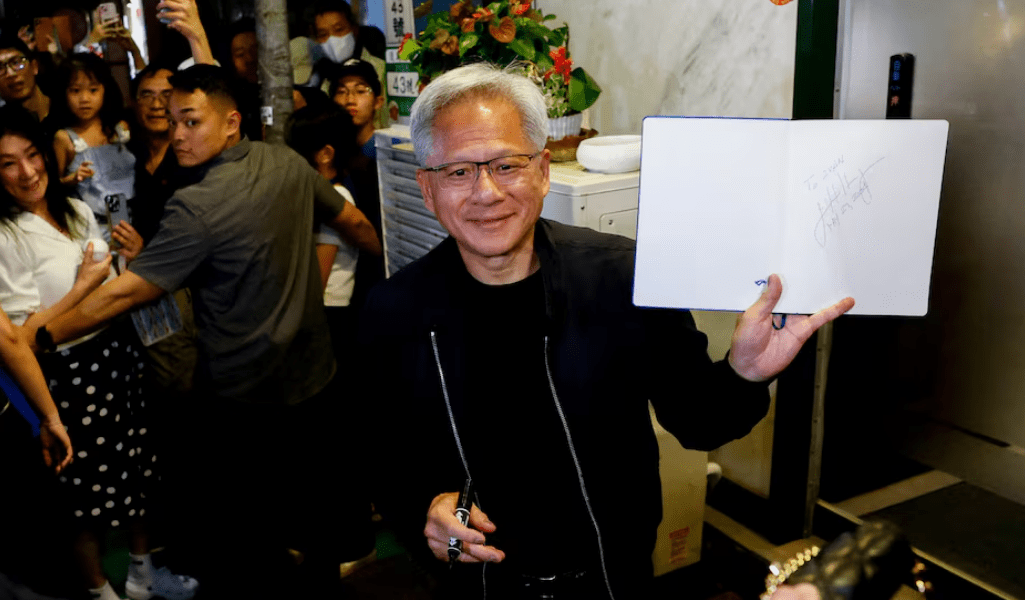
Born in China
TikTok’s meteoric rise from a niche video app to a global social media powerhouse has marked one of the most significant shifts in digital entertainment since the advent of social media.
From teenage dancers to grandmothers sharing cooking tips, TikTok has demonstrated an unprecedented ability to transform ordinary users into global celebrities virtually overnight, revolutionizing the traditional path to stardom.
Originally launched in 2016 by Chinese tech company ByteDance as Douyin for the Chinese market, the international version was named TikTok and released in 2017.
It gained massive momentum after merging with Musical.ly, a lip-synching app, a year later.
The secret sauce to the app’s rapid expansion was its innovative recommendation algorithm.
Unlike other social media platforms that primarily showed content from accounts users already follow, TikTok’s “For You” page served content based on viewing habits, engagement patterns and sophisticated content analysis.
This means a video from a complete unknown can reach millions of viewers if the algorithm determines it’s engaging enough.
Its short-form video format has also played a role in keeping users hooked.
Initially limited to uploads of 15 seconds, this was later expanded to accommodate videos up to 10 minutes long. Uploads as long as 60 minutes are currently being tested.
YouTube (with Shorts) and Instagram (with Reels) have chased its success.
The TikTok interface of users thumb-scrolling through machine recommended content has been widely duplicated, notably on Elon Musk’s X (formerly Twitter).






